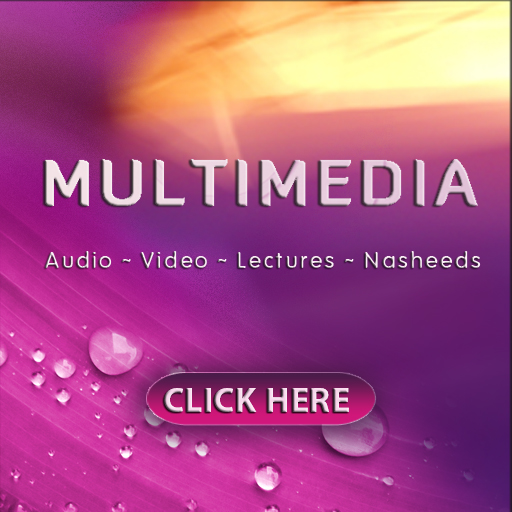
“So let man observe from what he was created. He was created from a fluid, ejected, emerging from between the backbone and the ribs.”Al-Qur’an [86:5-7]
Just studying and reflecting on the anatomy and structure of any part of the human body, I cannot help but be left utterly in awe at the sheer mastery and perfection with which this complex machine was created. For me, the most fascinating of these is without a doubt the vertebral column, or the spine as it is more commonly known.
Composed of 33 little bones, called vertebrae, this highly specialised structure serves a multitude of very specific purposes. It houses and protects our ultra-sensitive spinal cord and nerve roots, which together with the brain forms the body’s central nervous system.
Cushioned and held together by the ligamentous discs between each one, this amazing structure allows us to stay upright while connecting the upper and lower body. It also forms the base of attachment for the muscular and connective tissue in the back as well as for the ribs which house and protect two of the most precious and fundamental organs in our bodies; the heart and lungs.
Allah (SWT) says in Surah Adh-Dhariyat, “And I did not create the jinn and mankind except to worship me”
Al-Qur’an [51:56].
Apart from the everyday functions it serves, and movements it facilitates; it is this set of bones, arranged and stacked one above the other in a jig-saw like fashion, which allows us to bow our heads in submission to our Rabb, bend forward in rukuh, facilitate the movement required to perform sajdah and the unique structure of the very top two vertebrae are what allow us to turn our heads to the right and left to perform salaam upon completion of the salaah.
How merciful is our Rabb, who when He commands us to perform a certain action, also provides a means by which to do so, making it so easy for us to physically carry out His divine orders. The ‘what’ and ‘how’ is already taken care of by Him. We need only listen and obey.
Keeping the back healthy:
The discs between each vertebra in the spine form a cartilaginous joint with the bones above and below it. As with any other joint in the body, lack of physical activity and movement of these joints will cause them to become stiff. This increases the likelihood of pain and/or injury to the area, as well as increasing the rate of ageing/degeneration of these joints. Regular physical exercise that focuses on controlled movement of the spine will increase blood flow to the back, nourishing this area with essential oxygen and nutrients and carrying away toxic waste. This in turn helps to keep the back healthy and the spine in optimum working condition.
Exercise also strengthens and increases flexibility of these muscles. Stronger muscles help strengthen and support the back, taking the pressure off the spine. The tension released while exercising and stretching the muscles of the back decreases the risk of tight muscles pulling the spine or any of its discs out of alignment.
Dealing with back pain:
Apart from actual injury to the spine or muscles of the back, in most cases one experiences back pain either as a result of weak back/shoulder muscles that do not properly support the spine; or overly tense muscles in the back and surrounding areas. For example, lower back pain is most often associated with tight hamstrings (the muscle in the back of the thigh).
It is commonly thought that complete rest and medication such as painkillers, etc. would be the ideal method of treating this condition, which would otherwise be exacerbated by exercise. In fact the opposite is true. The worst thing one can do when experiencing back pain is to remain inactive for an extended period of time. Although a day or two of rest at the onset of the back pain is recommended, continued inactivity causes the already tight muscles to stiffen more, thus worsening the pain. This will make the recovery period longer and more difficult.
It is the movement and blood flow to this area that facilitates the healing process, loosening up tight muscles and allowing the body to heal naturally.
Some guidelines to follow when using physical exercise to treat back pain:
- Be sure to consult a medical practitioner before doing any sort of exercise.
- Exercises to alleviate back pain should be low- or zero impact, focusing on stability and flexibility of the spine. Avoid the high impact, high intensity activities that jolt and put pressure on the joints; especially those of the spine.
- The “no pain, no gain” theory does not apply when exercising through back pain. The idea should be to open up the muscles of the back to allow blood flow, rather than exerting the already stressed muscles.
- The more difficult back exercises (especially those involving weights) and the more advanced forms of stretching should only be done under the supervision of a trained professional.
- Consistency cannot be stressed enough. Unless the exercises are worsening the pain, keep at it. It won’t heal overnight or through just one training session.
- Even once your back is healed, continue with the exercises, or step it up and move onto slightly more advanced exercises and stretches. Try and incorporate it into a daily routine in order to maintain your health and fitness and ensure the pain does not recur.
Written By: Sister Fiyonna Valli For Idealwoman.org
(To be continued…)




No Comments
Leave a Reply